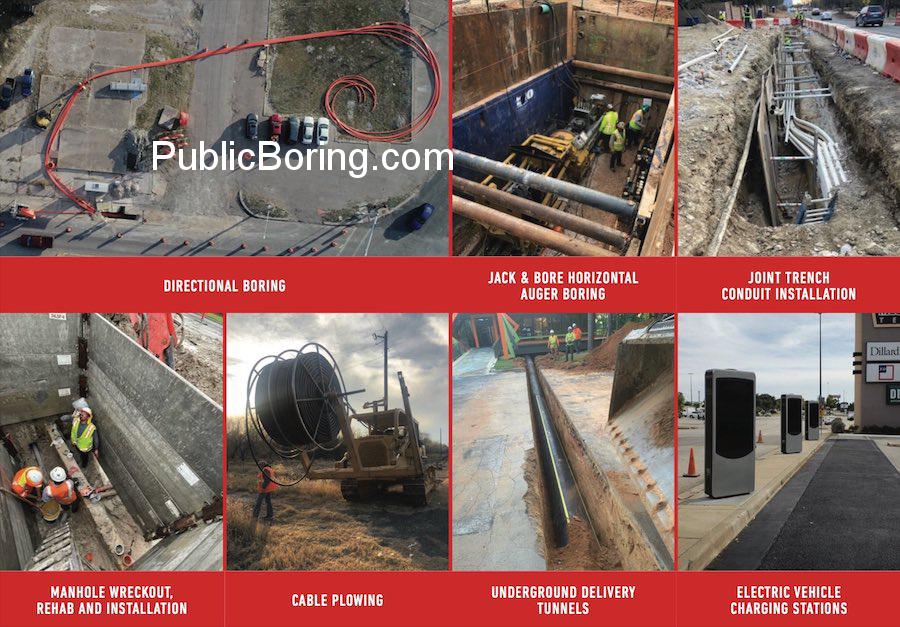Cable Plowing: A Comprehensive Guide to the Process and Services
Cable plowing is an efficient technique used to lay cables underground, especially in vast areas or where trenchless methods are preferable. This method minimizes surface disruption and is commonly used for telecommunication lines, electrical cables, and other utilities. Here’s a step-by-step guide on the cable plowing process and the services provided:
- Preliminary Steps:
- Consultation with Experts: Before starting, companies or corporations with expertise in cable plowing are consulted. They assess the feasibility and the requirements of the project.
- Site Development: A thorough examination of the construction site is conducted. This includes soil testing, identifying potential obstacles, and planning the plowing route.
- Selection of Tools and Equipment:
-
- Choosing the Best Cable Plow: There are various types of cable plows available, each designed for specific soil types and project needs. The best-suited plow is selected based on the site assessment results.
- Other Equipment: In some instances, other tools like the ASAP Auger might be used in tandem with cable plowing, especially when a combination of boring and plowing is needed.
- The Cable Plowing Process:
-
- Initiating Plowing: The cable plow, directed horizontally, begins its work. As it moves forward, it creates a narrow trench in which the cable will be laid.
- Direct Laying of Cable: The cable (could be electrical, fiber, etc.) is directly fed into the trench as the plow advances. This simultaneous process ensures efficient and quick installation.
- Additional Infrastructure and Utility Work:
-
- Conduit Installation: In some projects, instead of laying the cable directly, conduits might be placed using the cable plow. These conduits will house the cables, offering additional protection.
- Ductbank Work: For projects requiring organized housing of multiple cables or utilities, a ductbank (a structure with multiple conduits) might be installed post-plowing.
- Utility-Specific Services:
-
- Fiber Installation: In projects focusing on telecommunications, fiber optic cables for services such as FTTB, FTTH, FTTCS, and FTTT are laid using the plowing technique.
- Electrical and EV Charger Infrastructure: Cable plowing can also facilitate the laying of electrical lines, including those for electric vehicle charging stations.
- Collaborations and Partnerships:
-
- Working with Local Bodies: Co-ops, local LLCs, or government entities might be involved in community-driven or public utility projects.
- Subcontracting: Larger projects might involve multiple entities. The primary company might collaborate with subcontractors for specialized tasks or parts of the project.
- Post-Plowing Activities:
-
- Landscape Rehabilitation: Once the plowing is complete, efforts are made to restore the landscape, ensuring minimal environmental impact.
- Manhole Services: For projects requiring access points along the cable route, services such as manhole wreckout installation, rehabilitation, and placement might be conducted.
- Emergency and Contingency Services:
-
- Rescue and Repair: In the event of unexpected challenges or complications, companies have emergency response teams to provide solutions and ensure the safety and continuity of the project.
Cable plowing is a testament to the evolution of underground construction techniques. It offers an efficient method to lay crucial infrastructure while ensuring minimal disruption to the environment. Whether catering to the needs of smart cities, expanding telecommunications networks, or setting up power lines for wind or solar farms, cable plowing plays an indispensable role in modern infrastructure development.


